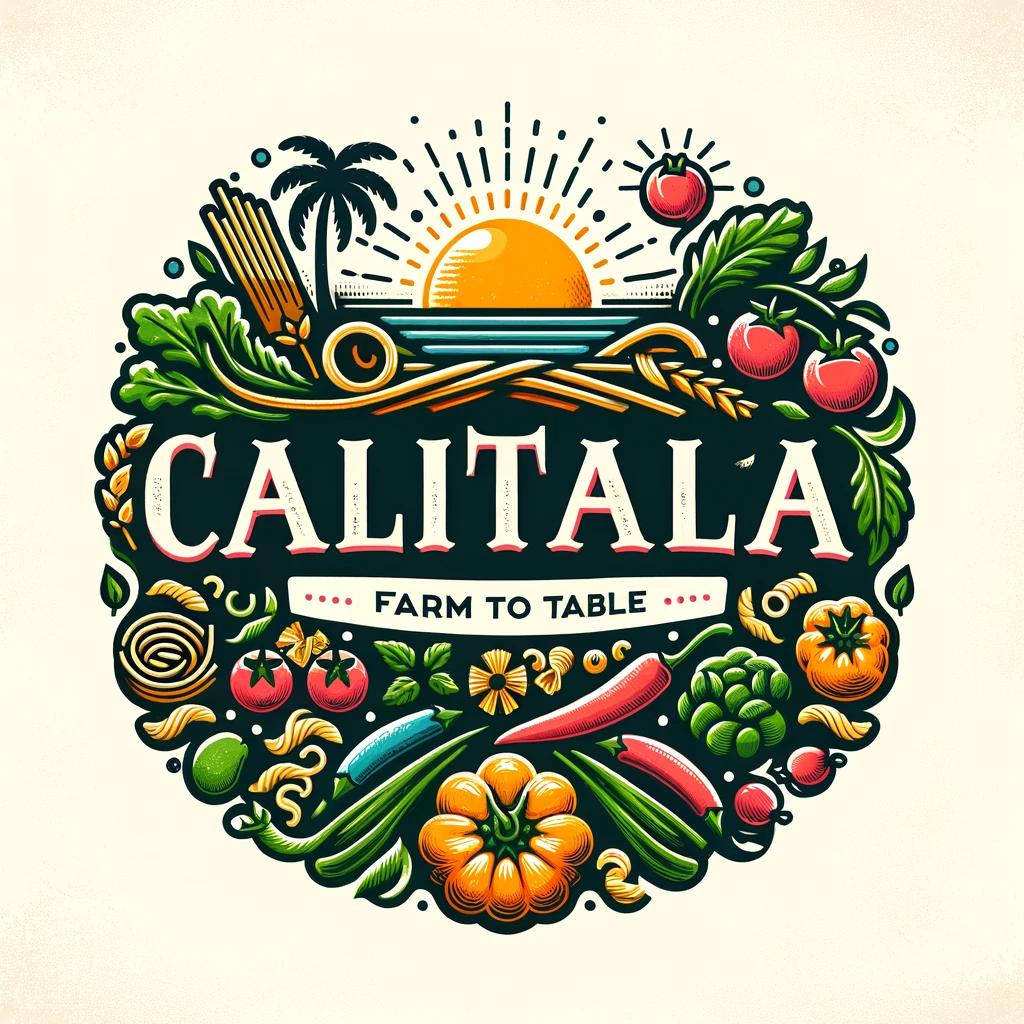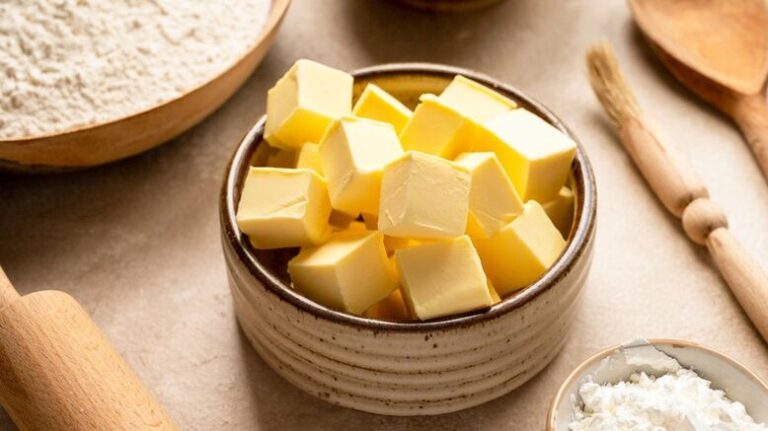Italy, a country synonymous with culinary excellence, offers a gastronomic journey that extends beyond the mere act of eating. Italian cuisine is a reflection of a culture steeped in history, regional diversity, and a passionate dedication to quality ingredients. In this comprehensive exploration, we delve into the heart of Cultural Italian Food, uncover traditional Italian foods, highlight five famous Italian dishes, and reveal the national food of Italy. Along the way, we’ll share some of the best recipes that embody the essence of Italian cooking.
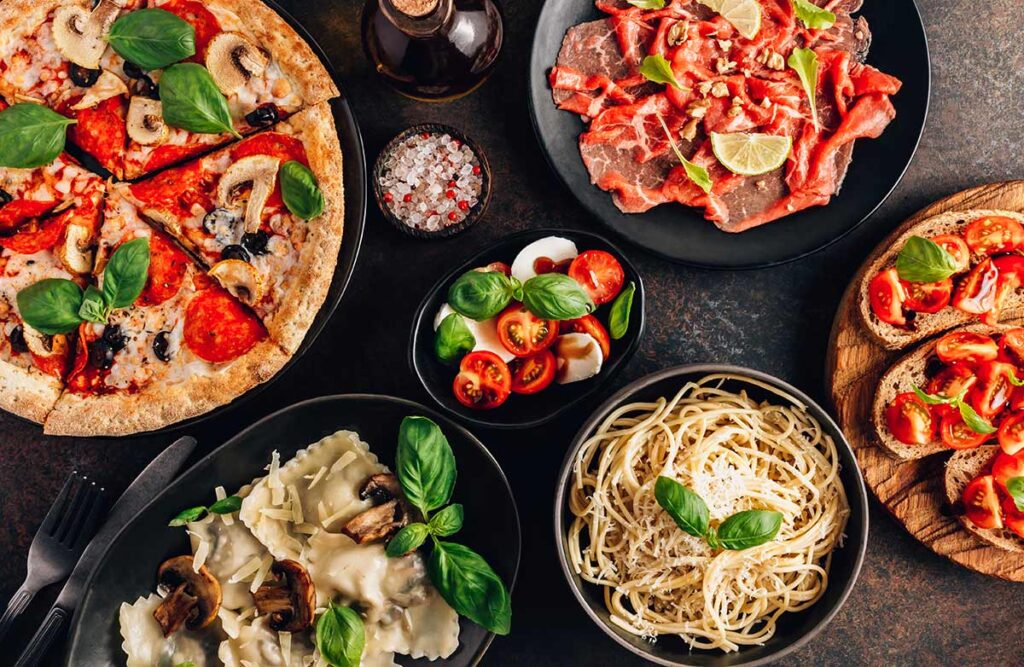
What is Cultural Italian Food?
Italian food culture is a mosaic of flavors, techniques, and traditions that vary significantly from the Alps in the north to the sun-drenched islands in the south. At its core, Italian cuisine emphasizes freshness, high-quality ingredients, and simplicity. Regional dishes reflect the geographic and historical diversity of the land, where each area boasts its own specialties based on local produce and traditions. The Italian table is also a place of social gathering, where meals are seen as an opportunity to spend time with family and friends.
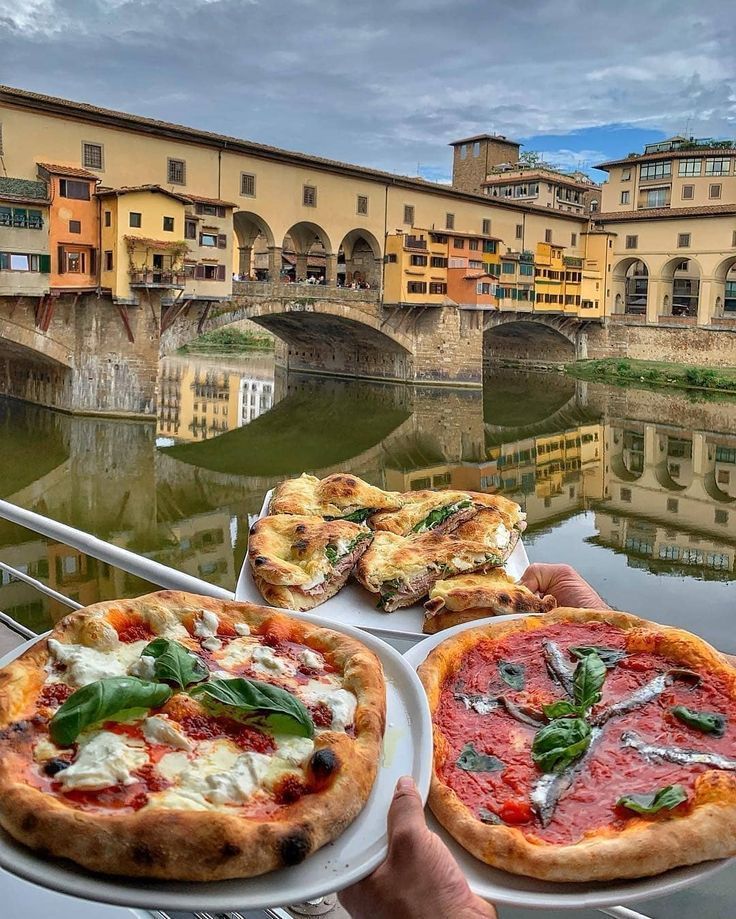
What are Traditional Italian Foods?
Traditional Italian foods are deeply rooted in the country’s history and can vary widely between regions. However, some staples are found across Italy, including pasta, olive oil, and bread. Each region has its own signature dishes, such as Risotto in Lombardy, Bolognese sauce in Emilia-Romagna, and Neapolitan pizza in Campania. Ingredients like tomatoes, basil, and garlic are central to many Italian dishes, creating the vibrant flavors the cuisine is known for.
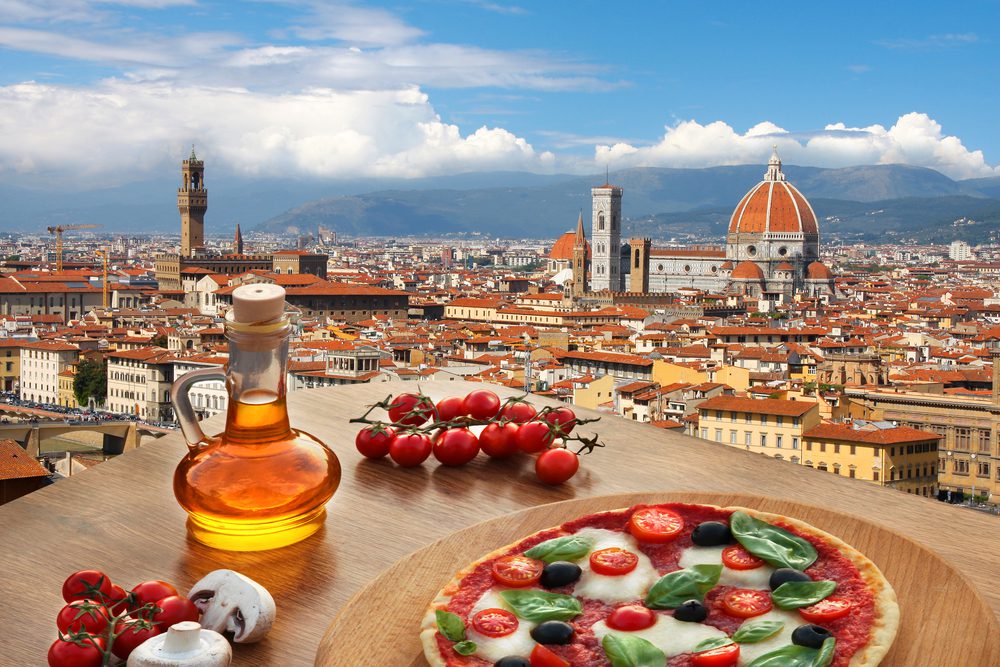
What is the National Food of Italy?
While Italy does not have an official national dish, pasta is often considered the heart and soul of Italian cuisine. It embodies the principles of Italian cooking: simplicity, quality, and diversity. With hundreds of pasta shapes and an endless variety of sauces, pasta dishes can range from the simple spaghetti aglio e olio (spaghetti with garlic and olive oil) to the more complex lasagna al forno.
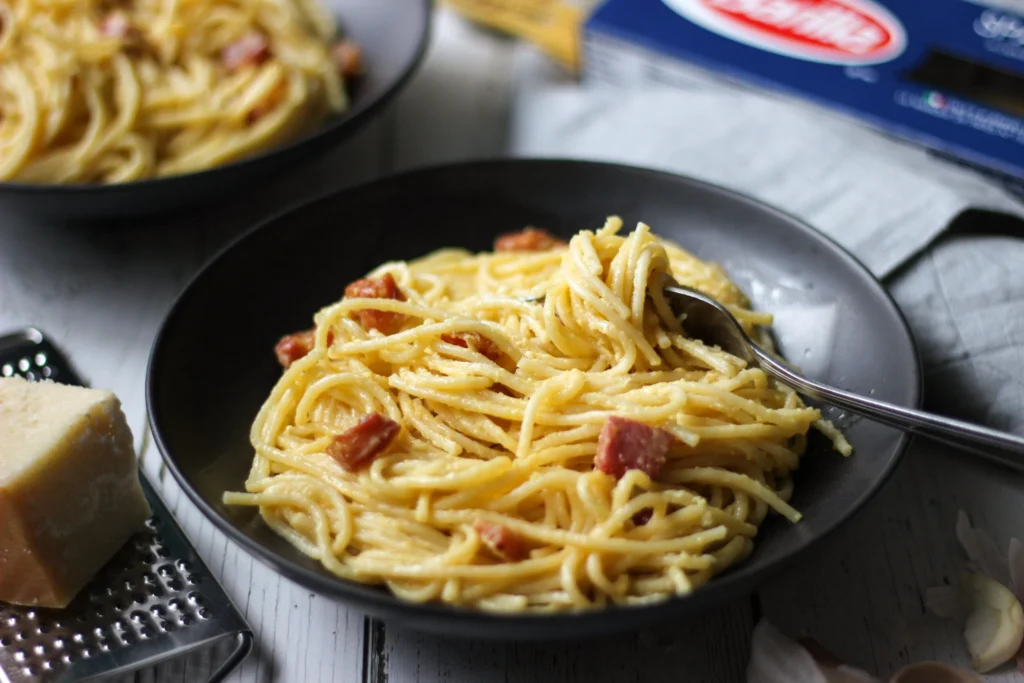
5 Famous Italian Foods
- Pizza Napoletana – Originating from Naples, this world-renowned pizza features a thin, soft crust with a slightly charred edge, topped with San Marzano tomatoes, mozzarella di bufala, fresh basil, and olive oil.
- Pasta Carbonara – A Roman classic, carbonara is a hearty pasta dish made with eggs, Pecorino Romano cheese, pancetta, and black pepper, offering a creamy texture without the use of cream.
- Lasagna – Layered with sheets of pasta, ragù (meat-based sauce), béchamel sauce, and Parmigiano-Reggiano cheese, lasagna is a comforting dish that varies from region to region.
- Gelato – Italian ice cream, known as gelato, is denser and silkier than its American counterpart, made with a higher proportion of whole milk and a lower amount of cream and eggs.
- Tiramisu – A beloved dessert, tiramisu consists of layers of espresso-soaked ladyfingers, mascarpone cheese, cocoa, and sometimes liqueur, creating a rich and creamy treat.
Best Italian Recipes
Italian cuisine is celebrated for its delicious flavors and rich traditions. Here’s a summary of some classic Italian recipes:
Classic Margherita Pizza
The epitome of simplicity and flavor, this pizza combines the classic trio of crushed San Marzano tomatoes, creamy mozzarella di bufala, and fresh basil on a thin, crisp crust. Drizzled with extra virgin olive oil and seasoned with salt, it’s a true Italian favorite.

Ingredients:
- 300g (10oz) pizza dough
- 100g (3.5oz) San Marzano tomatoes, crushed
- 125g (4.4oz) mozzarella di bufala, sliced
- Fresh basil leaves
- Extra virgin olive oil
- Salt
Instructions:
- Preheat your oven to its highest setting with a pizza stone inside.
- Roll out the dough on a floured surface to a 12-inch circle.
- Spread the crushed tomatoes over the base, leaving a border. Season with salt.
- Scatter mozzarella slices and basil leaves on top.
- Drizzle with olive oil and place on the preheated pizza stone.
- Bake for 8-10 minutes until the crust is golden and cheese is bubbling.
- Finish with a few more fresh basil leaves before serving.
Pasta Carbonara
A Roman classic, Pasta Carbonara is a rich and creamy dish made with spaghetti, crisped pancetta, and a silky sauce of eggs and Pecorino Romano cheese, all seasoned generously with freshly ground black pepper. It’s a hearty, comforting meal.

Ingredients:
- 400g (14oz) spaghetti
- 150g (5.3oz) pancetta, cubed
- 2 large eggs
- 100g (3.5oz) Pecorino Romano cheese, grated
- Freshly ground black pepper
Instructions:
- Cook spaghetti in salted boiling water until al dente. Reserve 1 cup of pasta water.
- Fry pancetta in a pan until crispy. Remove from heat.
- Whisk eggs and cheese together, adding black pepper.
- Drain pasta and add to pancetta, mixing quickly.
- Remove from heat, add egg mixture, and toss rapidly, adding pasta water to achieve desired consistency.
Risotto alla Milanese
This luxurious risotto is a staple of Milanese cuisine, known for its delicate flavors and creamy texture. Arborio rice is slowly cooked in a mixture of saffron-infused broth and white wine, then enriched with butter and Parmigiano-Reggiano cheese for a velvety finish.
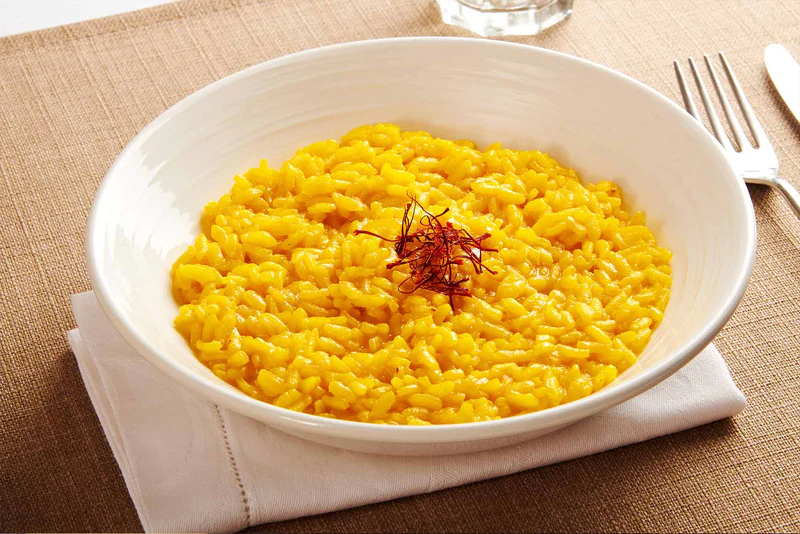
Ingredients:
- 1.5 liters chicken or vegetable broth
- 2 tablespoons olive oil
- 1 small onion, finely chopped
- 400g (14oz) Arborio rice
- 1/2 cup dry white wine
- 1/2 teaspoon saffron threads
- 50g (1.8oz) unsalted butter
- 100g (3.5oz) Parmigiano-Reggiano cheese, freshly grated
- Salt and black pepper to taste
Instructions:
- Warm the broth over medium heat and keep it hot.
- In a large pan, heat the olive oil over medium heat. Add the onion and sauté until translucent.
- Stir in the rice, coating it with oil, and toast for about 2 minutes until slightly translucent.
- Add the white wine and saffron, stirring until the wine is absorbed.
- Begin adding the hot broth, one ladle at a time, stirring continuously until each ladle of broth is absorbed before adding the next.
- Continue cooking and stirring the rice, adding broth as needed, until the rice is creamy and al dente, about 18-20 minutes.
- Remove from heat, stir in the butter and Parmigiano-Reggiano cheese. Season with salt and pepper to taste.
- Serve immediately, garnished with more grated cheese if desired.
Osso Buco
A traditional Milanese specialty, Osso Buco consists of tender veal shanks braised slowly with white wine, broth, and a mélange of vegetables. It’s often flavored with fresh thyme and bay leaves and served with a vibrant gremolata topping for a burst of freshness.

Ingredients:
- 4 veal shanks, about 1 inch thick
- Salt and freshly ground black pepper
- 1/2 cup all-purpose flour, for dredging
- 4 tablespoons unsalted butter
- 2 tablespoons olive oil
- 1 small onion, finely chopped
- 1 carrot, finely chopped
- 1 celery stalk, finely chopped
- 1 cup dry white wine
- 1 cup chicken or veal broth
- 1 can (14oz) diced tomatoes
- 1 teaspoon fresh thyme leaves
- 2 bay leaves
- Gremolata (optional):
- Zest of 1 lemon
- 1 garlic clove, minced
- 2 tablespoons chopped fresh parsley
Instructions:
- Season veal shanks with salt and pepper, then dredge in flour, shaking off excess.
- In a large skillet or Dutch oven, melt 2 tablespoons butter with the olive oil over medium-high heat. Brown the veal shanks on all sides, then remove and set aside.
- In the same skillet, add the onion, carrot, and celery. Sauté until softened.
- Add the wine, scraping up any browned bits from the bottom of the pan. Reduce by half.
- Return the veal shanks to the pan. Add the broth, tomatoes, thyme, and bay leaves. Bring to a simmer, then cover and reduce heat to low. Cook for about 1.5 to 2 hours until the meat is tender.
- For the gremolata, mix lemon zest, garlic, and parsley in a small bowl.
- Serve osso buco sprinkled with gremolata, alongside risotto or polenta.
Pana Cotta
An elegant and creamy dessert, Panna Cotta is made by gently simmering heavy cream and sugar with vanilla, then setting it with gelatin. This smooth, custard-like treat is typically chilled and served with garnishes like fresh berries or a drizzle of chocolate sauce for added indulgence.

Ingredients:
- 3 cups heavy cream
- 1/2 cup sugar
- 1 vanilla bean, split lengthwise, or 2 teaspoons vanilla extract
- 2 teaspoons gelatin powder
- 3 tablespoons cold water
Instructions:
- In a small bowl, sprinkle gelatin over cold water. Let stand for about 5 minutes to soften.
- In a saucepan, combine heavy cream and sugar. Scrape in the seeds from the vanilla bean or add vanilla extract. Bring to a simmer over medium heat, stirring until sugar dissolves.
- Remove from heat, add the softened gelatin to the cream mixture, and stir until completely dissolved.
- Pour the mixture into ramekins or molds. Cool to room temperature, then cover and refrigerate until set, at least 4 hours or overnight.
- To serve, dip the bottom of the ramekins briefly in hot water and invert onto serving plates. Serve with fresh berries or a drizzle of chocolate sauce.
These recipes embody the rich flavors and traditions of Italian cuisine, perfect for an authentic Italian dining experience at home.
Every aspect of Italian cooking is a magnificent demonstration of culinary expertise that places a strong emphasis on using simple, high-quality ingredients. The degree to which these foods are ingrained in Italian history and culture is remarkable.

Every region has its unique customs and specializations that are a reflection of the history, environment, and way of life there. This cuisine celebrates familial and communal ties in addition to providing nourishment for the body, as evidenced by the custom of sharing and savoring meals together.
Another distinctive characteristic of Cultural Italian Food is a great regard for the flavors found in the food itself. The way food is cooked exudes elegance; each ingredient is frequently given ample attention and minimal fuss, allowing it to speak for itself.
It’s important to respect the food, the customs, and the diners in addition to simply producing something tasty. This method elevates Italian food to a timeless and widely appealing dish that nourishes the soul, tells a story, and unites people.

Conclusion
In conclusion, Italian cuisine offers an unparalleled depth of flavor, tradition, and history. Through its diverse regional dishes, emphasis on quality ingredients, and iconic recipes, Italian food culture is a testament to the country’s rich heritage and culinary excellence.
